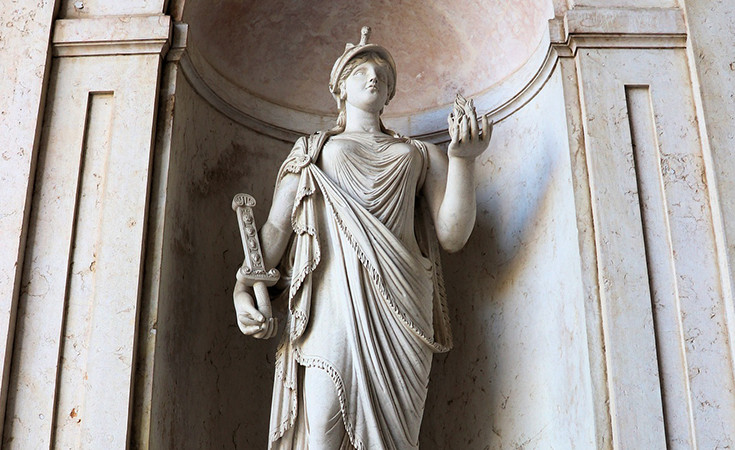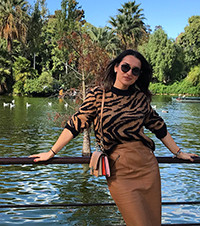
The Palace of Ajuda was built in 18th century, and the royal family lived in it for some time. Construction in the Baroque style was started by architect Manuel Caetano, and was finished by Costa de Silva and Francisco Xavier in the neoclassical style. During its construction, the royal family lived in the palace, but in the beginning of 19th century the family fled to Brazil because of bad political situation. After that, the work on the completion of palace was slow, both due to political conflicts and lack of financial resources.
The royal family, politics, lack of funds and different architectural styles, the influence of Napoleon, Italy and Portugal ran through the long period of construction. All of this can be seen on the palace today. During the reign of King Louis I, the palace became the permanent residence of the royal family. Even then, aesthetic changes were made to the palace, which was done by the architect Possidonio de Silva. The interior was designed during the reign of King Louis I, under the influence and wishes of his wife Maria, which was decorated by Italian decorators. It was only when she became Queen of Portugal that Maria Pia began living in the palace, in 1862, until her exile in 1910.
The palace was built on the small hill of Alto de Ajuda, after which it was named "Ajuda". At the very top of the hill is this monumental palace, surrounded by rich royal gardens and pastures. Three roads lead to palace, and the main one is Largo road. There are several gardens in the back and the front of the palace, which served the various needs of the royal family, for walking, for horseback riding, a garden for physical activities, a botanical garden. The interior of the palace is royally rich. The palace has two floors and on these floors a total of 12 rooms (salons), such as: Blue Salon, King's Painting Workshop, Chinese Salon, Room with the initials L and M, Library, Queen's Portrait Room, Crown Room, Ballroom, Grand Dinner Salon.
In each of the salons you can see portraits of members of the royal family, furniture, art, gilded mirrors, sculptures, documents, photographs, royal jewelry, silver and gold, royal carpets, decorations, costumes, Murano glass, ceramics, etc.
(!) The palace is huge, so it is necessary to set aside at least 5 hours for its detailed tour and enjoyment in the courtyard of the palace.
 Ticket price for the Ajuda Palace
Ticket price for the Ajuda Palace
Regular ticket price 5 euros
 Working hours of the Ajuda Palace
Working hours of the Ajuda Palace
Every day from10 a.m. to 18 p.m
Closed on Thursday.
Author of the text:

Maja Glavaš, Bachelor with Honours in Communicology. Works in Tourism.
Contact: [email protected]; instagram: travel_europe1